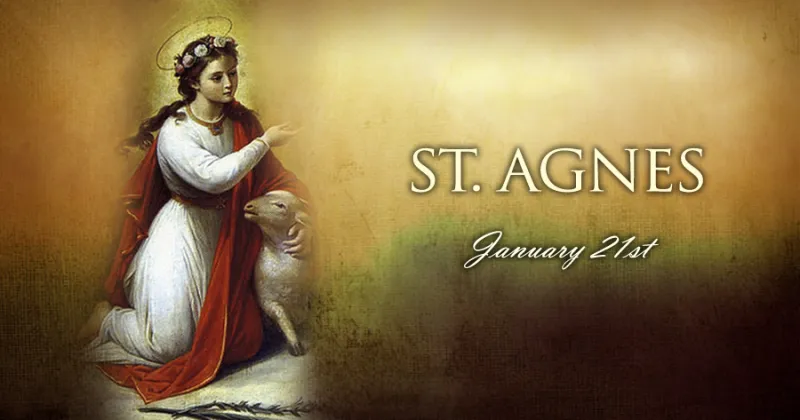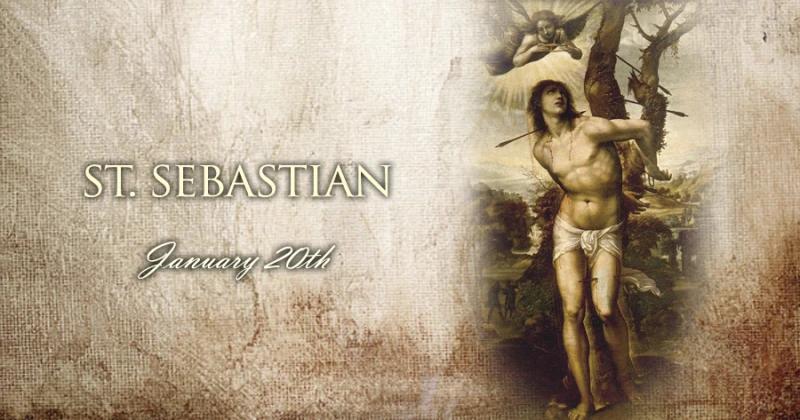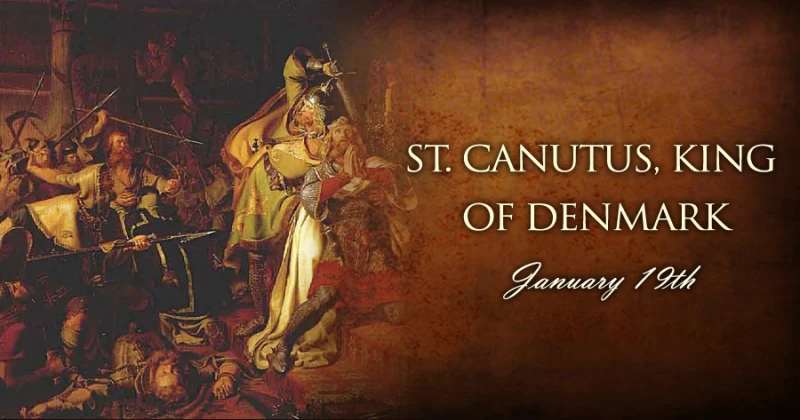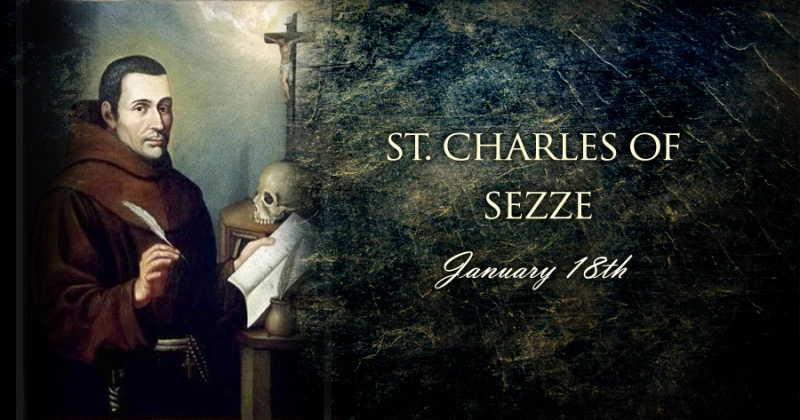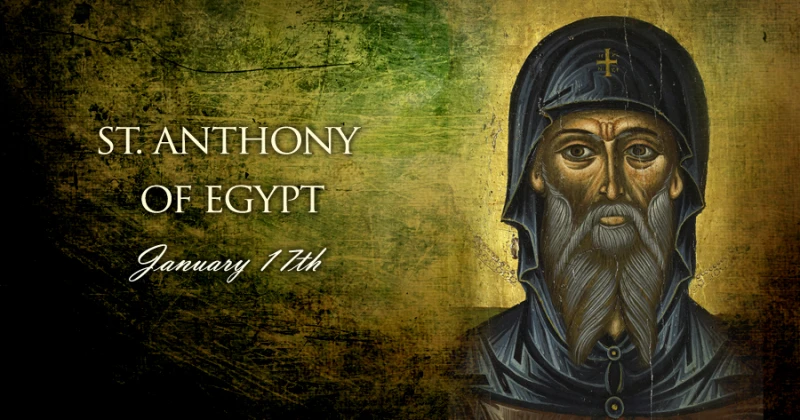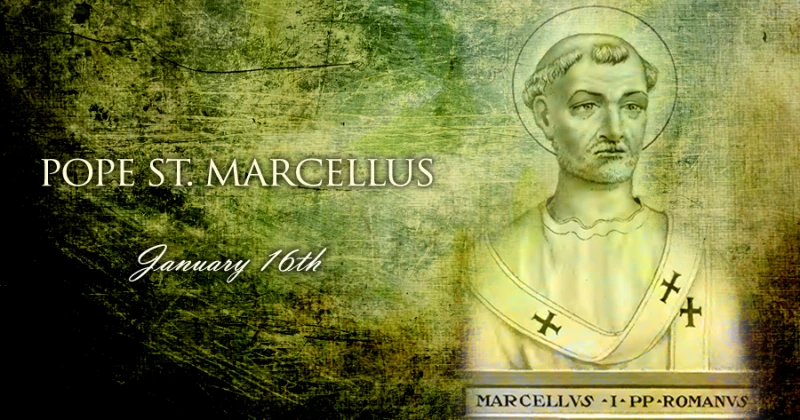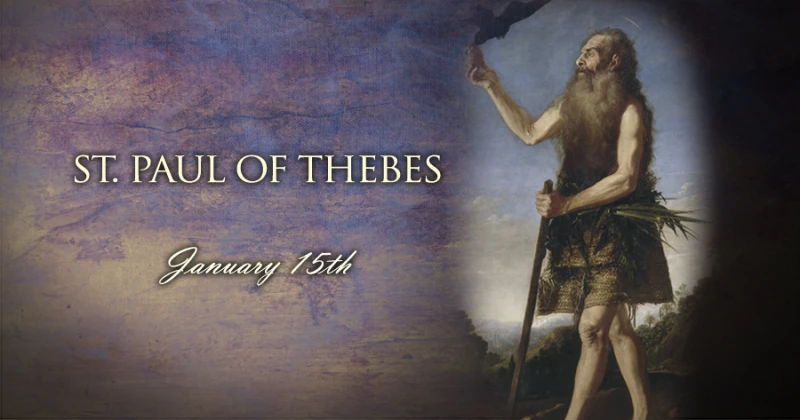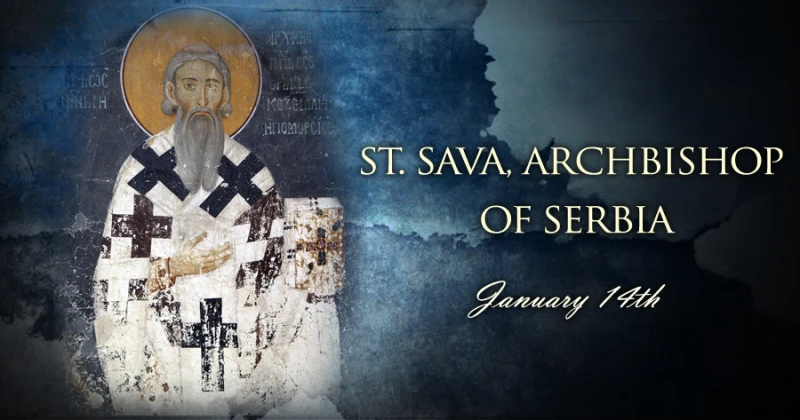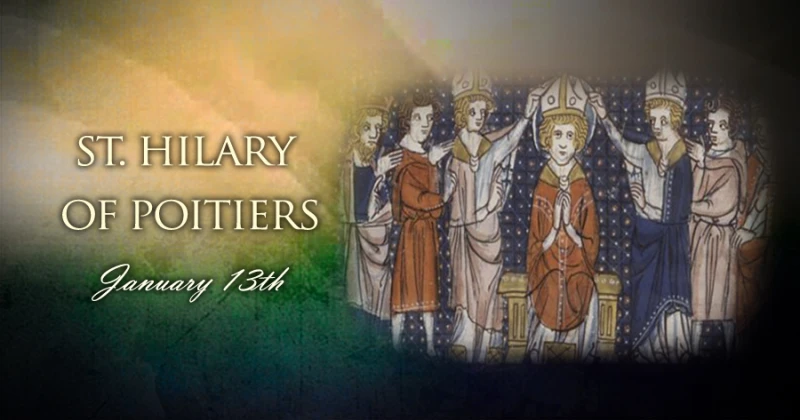- Readings for the Day of Prayer for the Legal Protection of Unborn Children
Reading 1 Hebrews 7:1-3, 15-17
Melchizedek, king of Salem and priest of God Most High,
met Abraham as he returned from his defeat of the kings
and blessed him.
And Abraham apportioned to him a tenth of everything.
His name first means righteous king,
and he was also “king of Salem,” that is, king of peace.
Without father, mother, or ancestry,
without beginning of days or end of life,
thus made to resemble the Son of God, he remains a priest forever.
It is even more obvious if another priest is raised up
after the likeness of Melchizedek, who has become so,
not by a law expressed in a commandment concerning physical descent
but by the power of a life that cannot be destroyed.
For it is testified:
You are a priest forever according to the order of Melchizedek.
Responsorial Psalm Psalm 110:1, 2, 3, 4
R. (4b) You are a priest for ever, in the line of Melchizedek.
The LORD said to my Lord: “Sit at my right hand
till I make your enemies your footstool.”
R. You are a priest for ever, in the line of Melchizedek.
The scepter of your power the LORD will stretch forth from Zion:
“Rule in the midst of your enemies.”
R. You are a priest for ever, in the line of Melchizedek.
“Yours is princely power in the day of your birth, in holy splendor;
before the daystar, like the dew, I have begotten you.”
R. You are a priest for ever, in the line of Melchizedek.
The LORD has sworn, and he will not repent:
“You are a priest forever, according to the order of Melchizedek.”
R. You are a priest for ever, in the line of Melchizedek.
Alleluia Matthew 4:23
R. Alleluia, alleluia.
Jesus preached the Gospel of the Kingdom
and cured every disease among the people.
R. Alleluia, alleluia.
Gospel Mark 3:1-6
Jesus entered the synagogue.
There was a man there who had a withered hand.
They watched Jesus closely
to see if he would cure him on the sabbath
so that they might accuse him.
He said to the man with the withered hand,
“Come up here before us.”
Then he said to the Pharisees,
“Is it lawful to do good on the sabbath rather than to do evil,
to save life rather than to destroy it?”
But they remained silent.
Looking around at them with anger
and grieved at their hardness of heart,
Jesus said to the man, “Stretch out your hand.”
He stretched it out and his hand was restored.
The Pharisees went out and immediately took counsel
with the Herodians against him to put him to death.
– – –
Lectionary for Mass for Use in the Dioceses of the United States, second typical edition, Copyright © 2001, 1998, 1997, 1986, 1970 Confraternity of Christian Doctrine; Psalm refrain © 1968, 1981, 1997, International Committee on English in the Liturgy, Inc. All rights reserved. Neither this work nor any part of it may be reproduced, distributed, performed or displayed in any medium, including electronic or digital, without permission in writing from the copyright owner.
